The puppies have all gone home. Sigh. It was only two weeks, but it sure felt like longer.
Ian confessed to me that for the first time ever, he got attached to a puppy. Usually he views the puppies as work, knowing that more often than not, during a litter’s time with us the responsibility of caring for them will fall to him. (His mother being a busy, overcommitted woman and all.)
When we learned that Ian would be studying at home for his first semester at college, my first thought was not—oh my poor son missing out on the right of passage, it was – oh good, we can still foster puppies!
The families of rescue foster moms unwittingly foster also. For some it is a family commitment, but for many, like mine, they are simply pulled along for the ride. I’ve long said that if I met an untimely demise, I am certain that Nick would never foster another dog. Ian, though? He’s pretty all-in at this point. I imagine him fostering on his own, once the on-his-own life starts.
Addie is already looking into whether she could foster kittens in her NJ house she rents with four other young adults. Fostering kittens is something I’ve always wanted to do too, but we’ve been saddled with two foster cats who have been with us for over a year, preventing us from getting involved with OPH’s cat program.
Neville and Luna are not OPH cats. They’re more like freelance fosters.
They are cats that belonged to someone who was being evicted that we agreed to look after until their owners found them a home. (And yes, we are suckers.) Of course, once installed in our house that owner disappeared into the ether and nary a single possible adopter has ever materialized. Brady claims he will take the cats with him to the house he moves into with friends at the end of this week, but Brady is allergic to cats, so while I’m hopeful, I’m not convinced they are really leaving for good.
The other reason we can’t foster any (more) cats or kittens is Mia. She has a serious prey drive and whines at the door to the ‘cat room’ on her way in and out of the house.
So, if you’re keeping score, of the five animals currently living in our house, three are semi-permanent fosters. Mia is still here and likely thinks this is her home, but we’re working daily to prepare her to be adopted and be successful in her next home.
Mostly that means working on her self-control. It’s her biggest challenge. Her excitability gets in her own way. Her level of happy and enthusiastic is way off the charts, in fact, the chart is actually in another room. I have never known a more wiggly-butt dog in my life. It looks painful sometimes how her wag goes from the tip of her tail all the way through her body. The slam of her tail on anything nearby is a crack like a hammer.
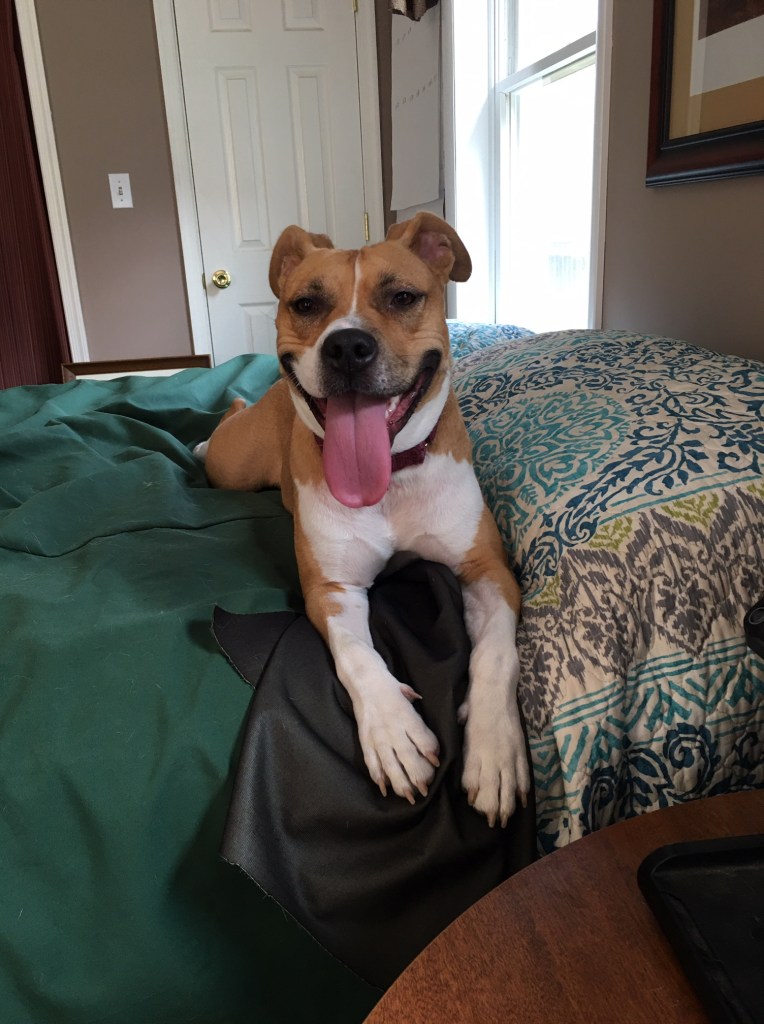
Yesterday, the dog warden stopped by to inspect my ‘kennel’ (I’m required by PA law to have a kennel license because I foster more than 25 dogs a year) and in Brady’s rush to come inside and tell me, he neglected to lock the kitchen door and Mia bounded outside to greet the warden, jumping in his truck to cover him in kisses. Miraculously, or maybe because of Mia’s enthusiastic greeting, we passed our inspection.
Mia is learning to dial it down though—slowly. She knows she must sit to leave her crate, sit to leave the room, sit to have the leash put on, sit to go outside, sit to come back in, sit to have the leash taken off. Sit, sit, sit. I imagine it’s a word she loathes with her entire being, if she were the kind of dog who could loathe anything.

She loves all of us, and anyone else who visits, in a wide-open, all-encompassing way that compels her to lick any leg within reach. All day long you hear the cry, “Mia! Stop licking my leg!” Even with colder weather requiring pants, she is still licking our jeans or shoes. She simply can’t help herself.
Only Fanny enjoys her all-day overtures, but I separate the two of them for my work day because I can’t supervise that level of play and concentrate on work.
Mia accepts her fate, alone in the kitchen, licking anyone who comes in for another cup of coffee or a snack, and spending the rest of the time lounging on the Frank bed waiting for a visitor.
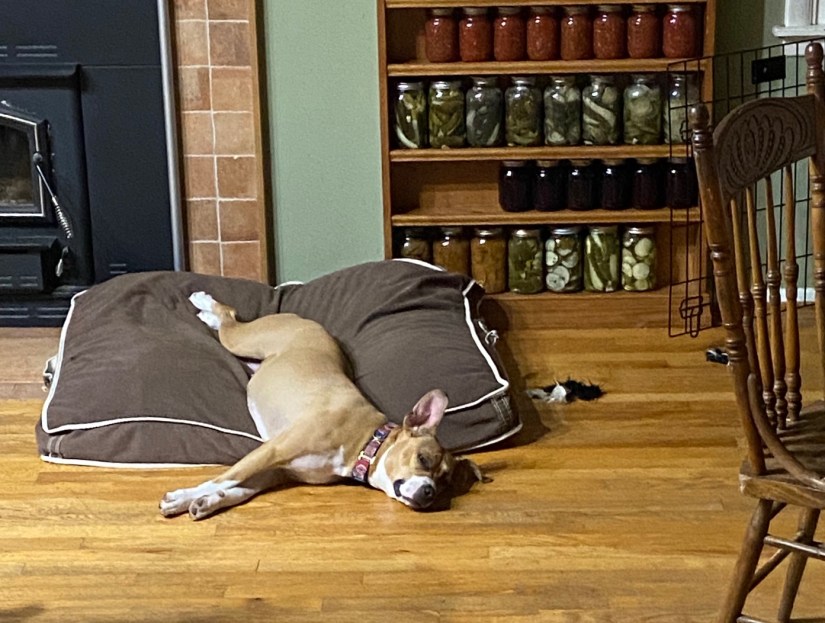
This dog deserves her own person. She will be the best, best companion, lavishing her affection unabashedly on some lucky soul. I just wish that soul would turn up soon.
Meanwhile, no foster kittens, no foster dogs. I might sneak in a foster-puppy or two if given the opportunity, but like Mia, I’m trying to practice self-control and not let my enthusiasm for puppies cloud my judgment.
So we continue to work on self-control. Mia is learning to rein it in, and maybe I am too.
Thanks for reading!
Cara
For information on me, my writing, and books, visit CaraWrites.com where you can also find more information on my new book, One Hundred Dogs and Counting: One Woman, Ten Thousand Miles, and a Journey into the Heart of Shelters and Rescues, (Pegasus Books, July 2020). And be sure to join me LIVE every Tuesday on the 100 Dogs Facebook page for “Let’s Talk Rescue” where we continue the conversation started by the book.
If you’d like regular updates of all my foster dogs past and present, plus occasional dog care/training tips from OPH training, be sure to join the Facebook group, Another Good Dog.
And if you’d like to know where all these dogs come from and how you can help solve the crisis of too many unwanted dogs in our shelters, visit WhoWillLetTheDogsOut.org where you can follow the blog that shares stories or find the ink to our brand new podcast!
Our family fosters through the all-breed rescue, Operation Paws for Homes, a network of foster homes in Virginia, Maryland, D.C., and south-central PA.
If you can’t get enough foster dog stories, check out my book: Another Good Dog: One Family and Fifty Foster Dogs. It’s available anywhere books are sold.
I love to hear from readers and dog-hearted people! Email me at carasueachterberg@gmail.com.
Many of the pictures on my blog are taken by photographer Nancy Slattery. If you’d like to connect with Nancy to take gorgeous pictures of your pup (or your family), contact: nancyslat@gmail.com.



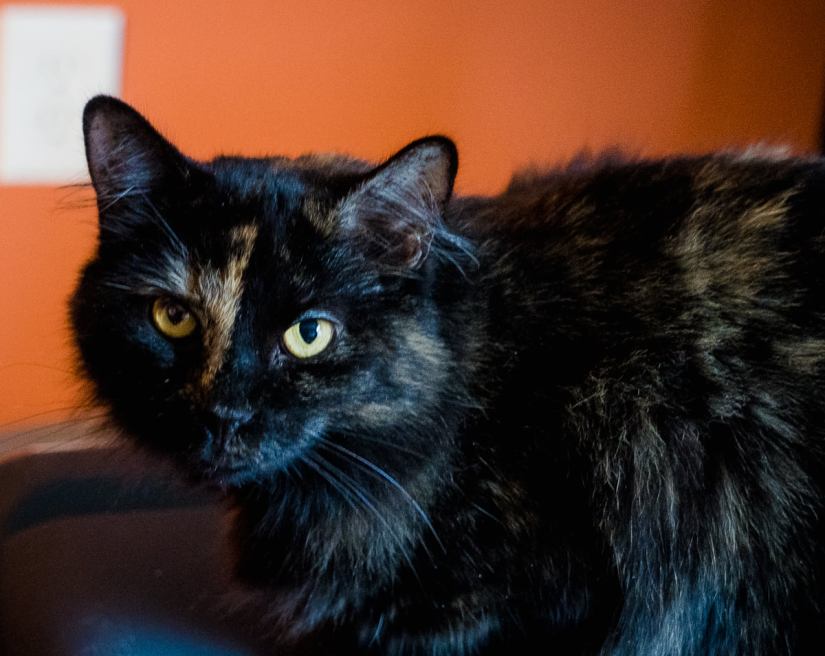

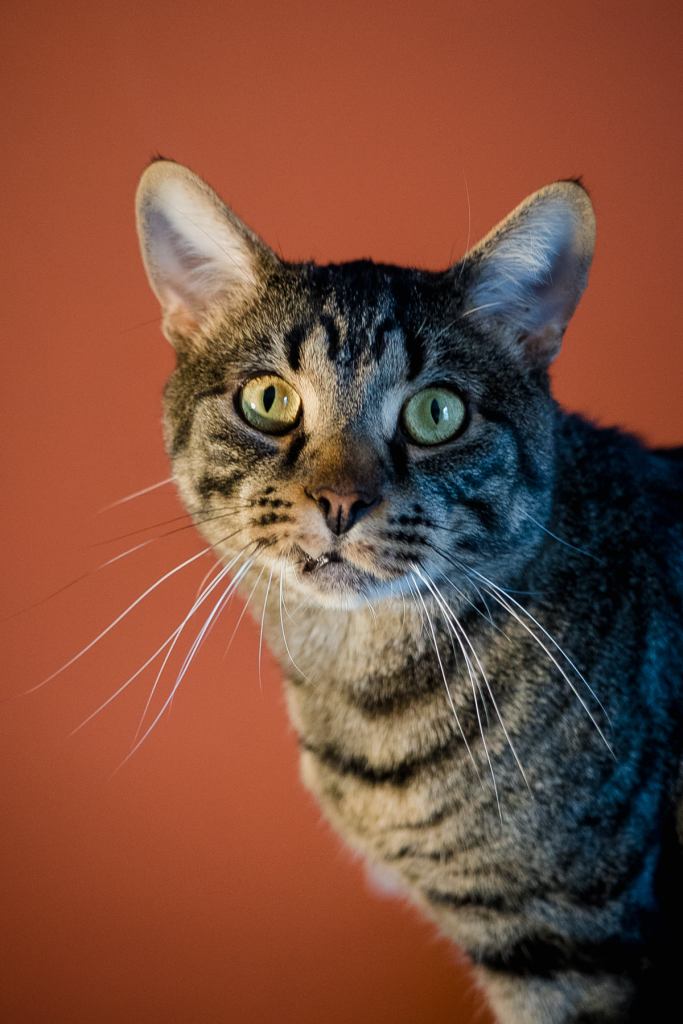

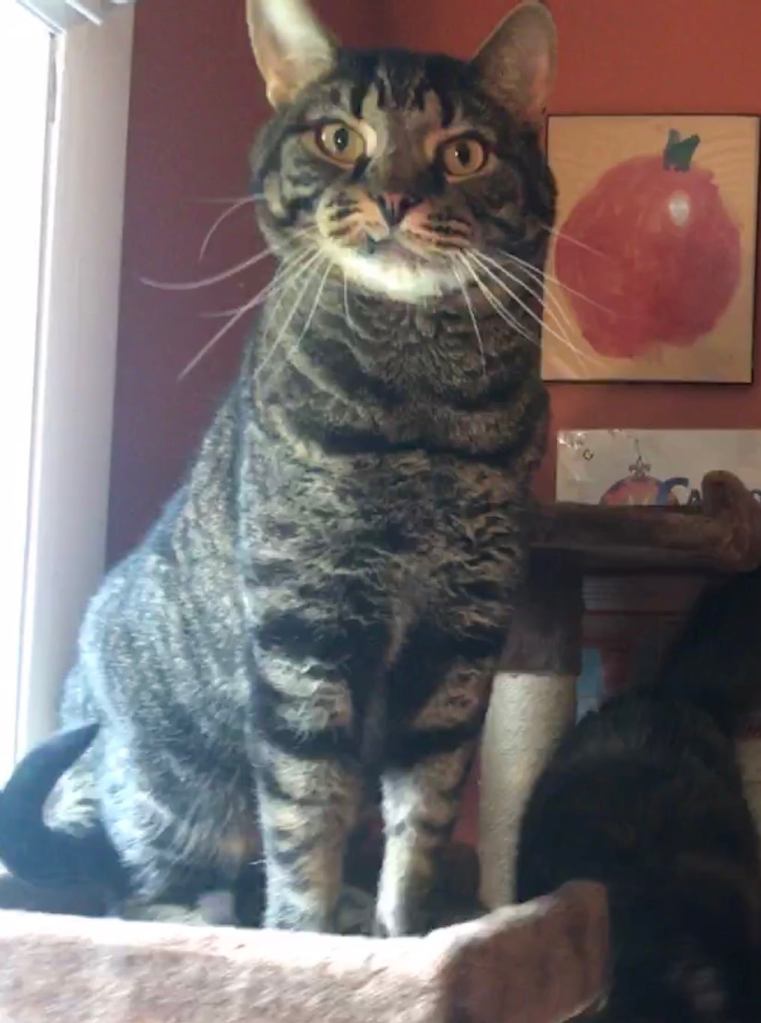
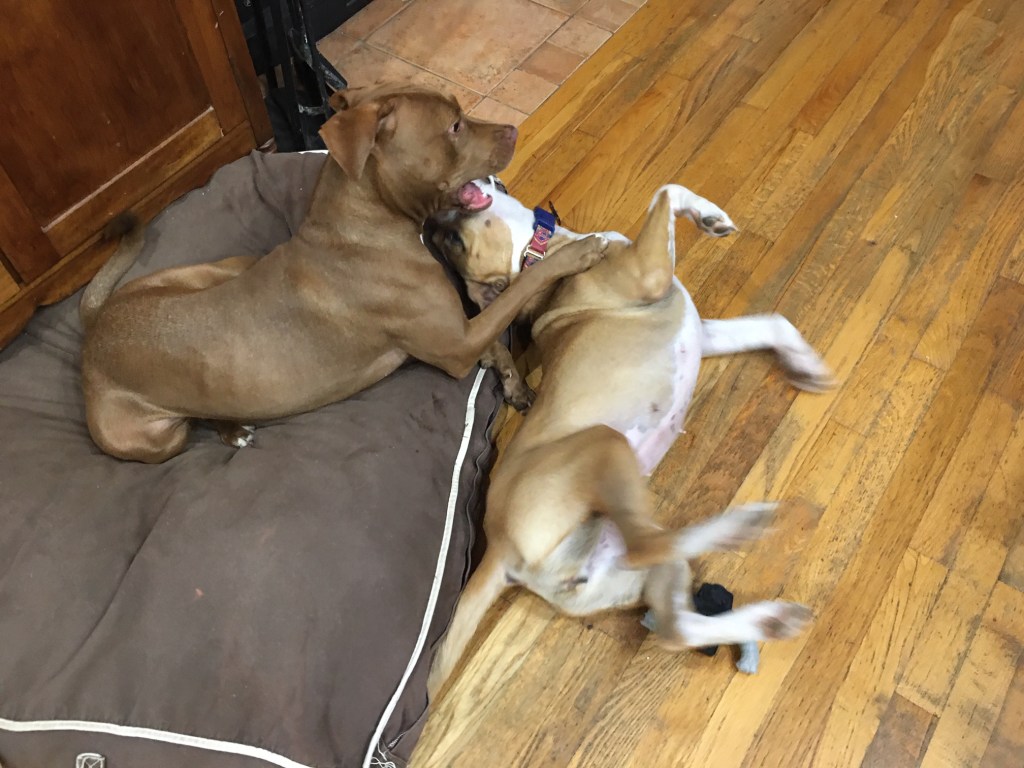

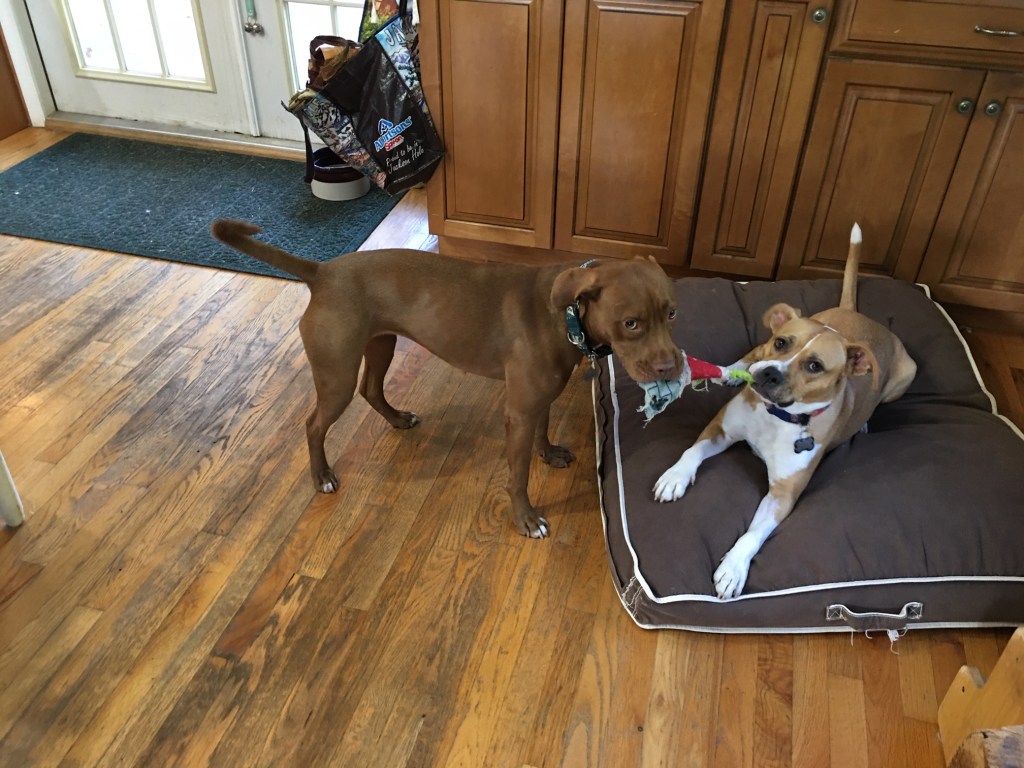

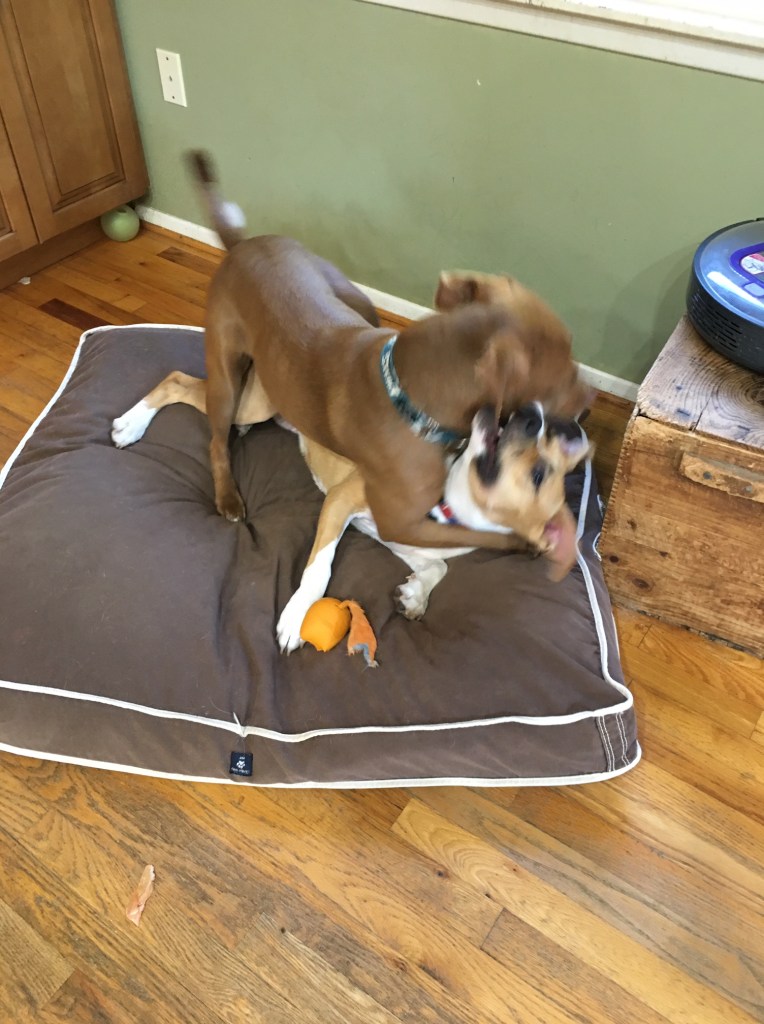

Your such a talented writer
LikeLike
Thanks! Needed to hear that today.
LikeLike
Glad you passed your inspection yesterday. Guess the warden is a dog lover, even though he likely encounters some not-so-friendly dogs during his workdays. I’m sure you apologized for Mia’s wild welcome, which could’ve contributed to your passing your inspection. Interesting that Ian got attached to one of the puppies. Recently my step-brother started fostering presa conario dogs, a larger type of dog that definitely needs a firm hand and tight boundaries in order to remain in a home, and a dog that is not fit for a home with young children in it. They’re loyal and protective, but can also be very exciteable and physical too, sometimes to a fault. My mom enjoys seeing his new fosters; I keep my distance. While I wouldn’t choose to live in a home with puppies in it again, it’s good that there are people out there like you who will take those little growing dogs on. And while I know that you really like dogs and can’t seem to get enough of them most of the time, hats off to you for stepping back from time to time and thinking about how the rest of your household feels about your choices and taking their wishes into account when making your next dog-related decision. At least your family are dog lovers at the end of the day, which works in your favor, even if sometimes they may tire of the regular responsibility of directly caring for them. Keep doing your part for man’s best friend. And a positive note to end this comment with: I learned that your first foster dog book, Another Good Dog, is available in an accessible format on Bookshare, enabling those with visual impairments to be able to listen to it for free in an audio format. I recommended it to a dog-loving friend with a retired guide dog, knowing that she used Bookshare, and she found the book and took an interest in it. Great, huh?
LikeLiked by 1 person
I love that Another Good Dog is available on Bookshare!! That’s great news. Good on your brother for fostering the big dogs – they are the hardest to find fosters and adoptive homes for – must have a big heart. thanks for reading and your thoughtful comment!
LikeLike
Well done on passing along the foster gene to the offspring. 😉
LikeLiked by 1 person
two out of three! It will be fun to see them do it on their own some day!
LikeLiked by 1 person
Fostering happy, exuberant dogs is generally fun, but they can be exhausting as well. I generally pull the shy, skittish hounds from the shelters that no one will adopt because they are so scared. It’s always so rewarding to see these frightened, unhappy individuals come into their own, and, usually within a couple of months, become confident enough to go to their forever homes. Since they are generally quiet and need constant encouragement to get them to come to me, I’d pretty much forgotten what it was like to have a young
Mia/Marly-type personality around.
I had forgotten about the bounding through the house at warp-speed, constant counter surfing, cat chasing, and pulling like a train on a leash. Shelton, my most recent foster, is an absolutely beautiful 1 1/2-year-old Redbone Coonhound, who is the epitome of a wide-open youngster. When found, he was a typical undernourished Southern hunting hound that some hunter abandoned in the woods, except he was super friendly and exuberant. For the first couple of weeks here, he must have thought his name was, “No, No, Sit” because that’s all he heard from me. I felt so mean being constantly on his case about his house manners, plus having to get after him potty trained. It’s been about 6 weeks now, and he is coming around. With the help of a pokey collar, he is heeling and walking like a gentleman on the leash. He is confined to the kitchen, so he doesn’t have full access to the house (to the cat’s relief), and confining him has helped with housebreaking. I take him to my friend’s acre fenced-in field or an enclosed dog park every day to help relieve some of that energy. He is learning about being socialized, and, like Mia, he’s becoming a great dog. I see agility or tracking dog potential in him. Hopefully, both he and Mia will find their perfect person in the very near future, someone who will be able to continue to bring out the best in them.
LikeLiked by 1 person
Shelton sounds so much like Mia! I admire you fostering hounds – they have always proved the hardest to housetrain (for me). Funny that you have such an outgoing one – we mostly had mellow, messy hounds. Good luck with him!
LikeLike
For the most part, hunting hounds are either kept in small groups in crowded, dirty pens or on chains. They live messy lives, and their only reprieve from their dirty pen is the times they are thrown into the back of a pick-up truck to go hunting. There is hardly any kindness shown to them, food is often limited because many “so-called” hunters believe that hungry hounds are better hunters, and if they are older or don’t hunt well, they are often abandoned in the woods or shot. These poor, generally shy, unloved individuals are the second most numerous dogs in the southern shelters (after the bully breeds). When given the chance, they make wonderful, devoted, loving pets.
One of my two dogs is a beautiful, almost 9-year-old Redbone Hound. She was about a year old when she was found as a skinny, abandoned hunting hound. She lived with a foster family (who was kind to her but did not work with her) for 2 years when I adopted her. Since I’ve had her, she has received her Canine Good Citizen’s and Urban CGC’s Awards and has become a certified Therapy Dog, visiting nursing homes and schools. We also did agility training, but she was not consistent enough to compete at it. She is so kind, patient, and gentle with everyone, including kids, cats, dogs, and horses. The extra time and TLC given to these sweet, loving dogs is generally paid back ten-fold.
LikeLiked by 1 person
Scrolling down almost felt like licking the screen. Goodness the photos are exhausting so goodness knows the reality. Well done on channeling all that energy – shame you can’t wire them up, you slash your power bills. Love the insights btw.
LikeLike
Funny – the idea of wiring up Mia to generate electricity – she could power our house I’m sure!
LikeLike